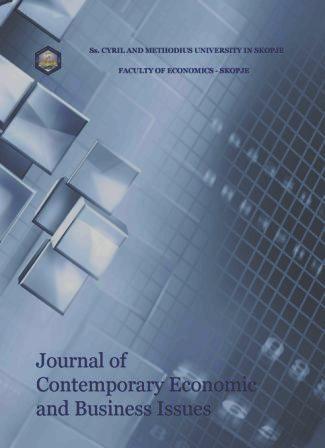The use of electronic money and its impact on monetary policy
Keywords:
e-money, European countries, countries of region, monetary statistic, monetary policyAbstract
E-money is the newest payment instrument. As a part of the new electronic payment system (possible future substitute of traditional payment), e-money raises the professional interest about its implications to further development of banking functions in the global and networked economy. Statistical evidence confirms the existence of e-money in the developed countries, which is understandable because of their high technological level and knowledge and the ability to absorb useful innovations of any kind. But, although electronic money has been present in their markets for more than 20 years, its use is still at a very low level. Countries from the region2 are in the early beginning. They are in the phase of accepting electronic banking, and putting into force the legislation for e-money. The reason could be found in the level of economic and technological development. One of the leading factors opposing the existence of e-money is the strong competition from the debit/ credit cards. The possible influence of e-money on the monetary policy is also a topic of professional interest overall. E -money has the potential to substitute currency in circulation, which is part of the monetary aggregates from the balance sheet of central banks. Now, the influence is not significant - central banks are recording very low decrease of currency in circulation as a result of increase of e-money. But still, having in mind that any innovation takes time to be accepted on the market, in the future central banks and experts need to follow the developments surrounding e-money more closely and more carefully.
Downloads
Published
Issue
Section
License
Authors retain copyright of the published papers and grant to the publisher the non-exclusive right to publish the article, to be cited as its original publisher in case of reuse, and to distribute it in all forms and media.
Authors are permitted to deposit publisher's version (PDF) of their work in any repository, personal and institutional websites, but full bibliographic information (authors, titles, volume, issue etc.) about the original publication must be provided.

